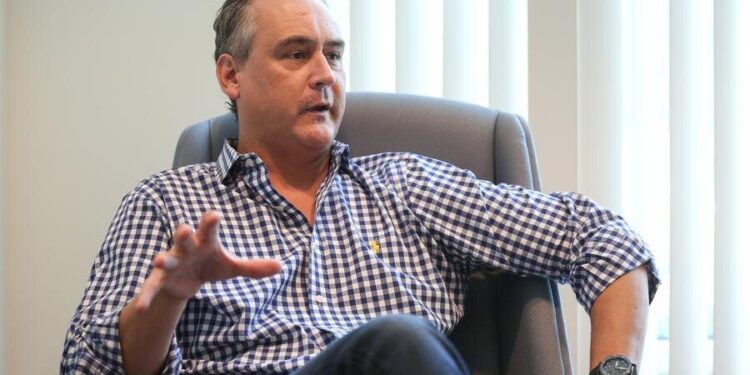LendingTree CEO and founder Doug Lebda died in an accident over the weekend, the company announced Monday.
Lebda, 55, died unexpectedly following an all-terrain vehicle accident Sunday. The accident took place on Lebda’s family farm in North Carolina.
“Doug was a visionary leader whose relentless drive, innovation and passion transformed the financial services landscape, touching the lives of millions of consumers,” LendingTree’s board of directors said in a statement. “His passion will continue to inspire us as we move forward together.”
Scott Peyree, LendingTree’s chief operating officer and president, has been appointed CEO effective immediately.
Lebda founded LendingTree in 1996. The platform launched nationally in 1998 and has gone on to become a central online loaning marketplace that helps users find and compare loans for a variety of things.
ATV accidents represent a significant cause of death in rural areas, with the Consumer Product Safety Commission reporting hundreds of fatalities annually. ATVs can roll over or eject riders during steep terrain navigation or sharp turns, particularly on farms where uneven ground and obstacles create hazards.
The company’s immediate appointment of Peyree as CEO suggests LendingTree had succession planning in place, a common practice for publicly traded companies to ensure continuity during unexpected leadership transitions.
Lebda’s death at 55 cuts short the career of an executive who pioneered online loan comparison services before such platforms became commonplace in the financial technology sector. His creation of LendingTree predated the widespread adoption of e-commerce and online financial services.
The platform’s growth from a 1998 national launch to a major online lending marketplace reflects the broader shift in how consumers research and obtain financial products, moving from in-person bank visits to digital comparison shopping.
Family farm accidents involving machinery and vehicles like ATVs remain a persistent safety concern in agricultural communities, where emergency medical services may be distant and response times longer than in urban areas.







